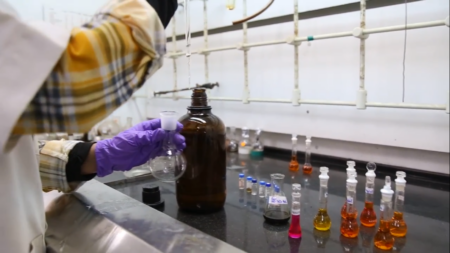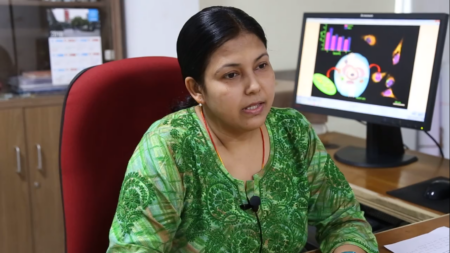
Hello people! With the Christmas and New Year just around the corner, you all must be in a full-on festive mood. What better time than this to snuggle in your blankets with delicious food items and browse through some interesting research stories from IIT Gandhinagar? Similar to parts I and II, this edition also consists of tales that aim to communicate interdisciplinary, collaborative researches in different areas at this Institute with a public-friendly approach. So, a good combo of fun and latest knowledge, huh?
Without further ado, let’s begin!
The first story addresses how we can potentially prevent electricity theft in the near future. Were you aware that the world loses about USD 90 billion annually to electricity theft, of which India stands in the first position and solely contributes up to USD 17 billion? Dr. Naran Pindoriya (professor in Electrical Engineering, IITGN), along with his team, has proposed a novel methodology that can potentially differentiate between standard data, non-malicious anomaly (error), and malicious theft (fraud) without any physical intervention at the customer level. They have developed a secure and accurate electricity theft detection and validation technique, in collaboration with the University of Edinburgh.
How does it work? It starts with acquiring the raw data and then grouping all the customers displaying similar behaviour (clustering), for the ease of analysis. To have the required decision-making skill, it applies specific intelligence. One can think of it as training the system based on particular graph patterns of electricity consumption. In this way, it can identify whether the user is an agricultural customer, a grocery shop owner, a home customer, and so on. Now, if there is a constant deviation of any customer from the standard profiles (detection), it could be chalked down to being a non-malicious anomaly or a malicious theft. This differentiation is often difficult to make, and it is at this step where rule-based learning comes (validation).
This research tries to make these steps more efficient and robust. The first of its kind approach, it combines the clustering and decision-making (forecasting) algorithms to obtain effective results in the form of a high detection ratio and a low false-positive ratio. (P.S. in simple terms, algorithms are nothing but step-by-step procedures developed to solve logical problems!) Moreover, the application of this study to any geographical location is a significant plus point. In the future, efforts are underway to improve the efficiency of this technique further and study the economic impact of this approach.

Now, it’s time for the second tale. It is of a compound that could visualize cancer cells as well as work as a therapeutic in a much more efficient manner in the future. Dr. Iti Gupta (professor in Chemistry, IITGN) and her team have recently developed this compound, which is a step towards efficient imaging and treatment of cancer cells.
The compound, BODIPY, is a fluorescent dye. Its mechanism of action? Such dyes absorb specific wavelengths of light and re-emit it at longer wavelengths. Hence, they are used to visualize cells in real-time (imaging). Attaching a glucose entity to this dye makes it water-soluble. It also helps to identify the cancer cells based on their high sugar uptake. Cancer cells tend to divide rapidly and, in the process, require a large amount of energy, which explains their high sugar demand. When in contact with the light of a particular wavelength, the dye excites and generates a form of oxygen. It is known as singlet oxygen, is highly toxic, and kills these cells (treatment). Isn’t it like shooting two targets with one arrow?

The study shows that this compound can selectively accumulate in the mitochondria (the powerhouse of cells – produce energy!) of human skin and cervical cancer cells. The next step in this research will be animal trials. Later, probably, experiments on humans. The last step in the pipeline is to validate its industrial production and public utilization of this therapeutic agent.
So, friends, it’s a wrap for today! I will soon be returning with some more of these engaging and educative stories from IIT Gandhinagar, with an effort to communicate science to the general public effectively. Till then, have a Merry Christmas and a Happy New Year!
“Science is simply the word we use to describe a method of organizing our curiosity.” – Tim Minchin, Australian comedian, actor, writer, musician, composer, lyricist, and director
